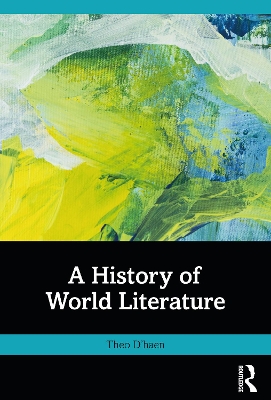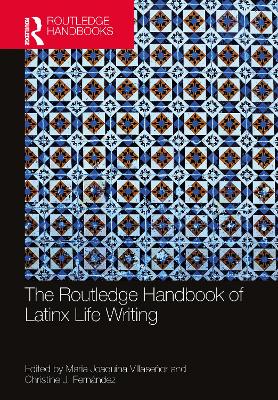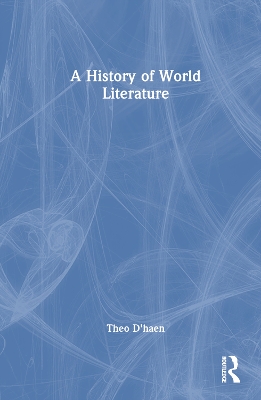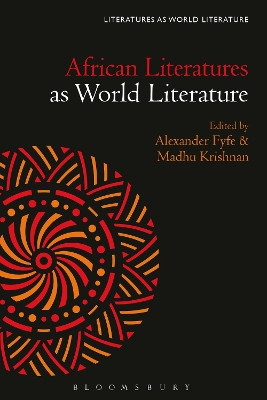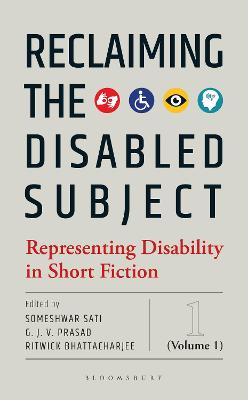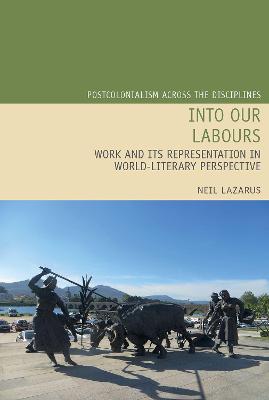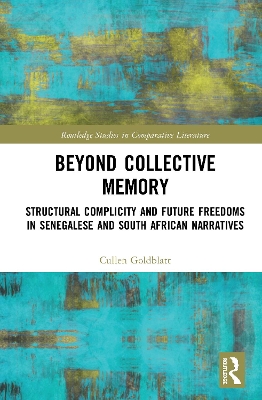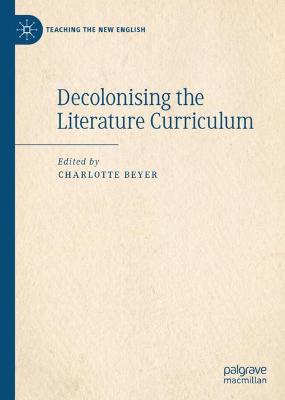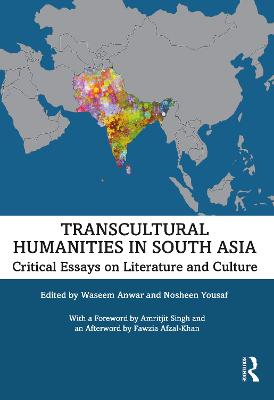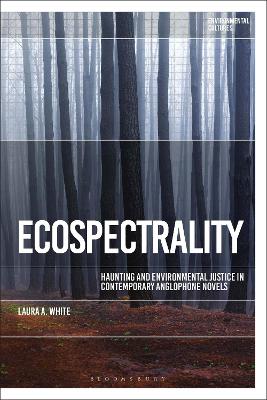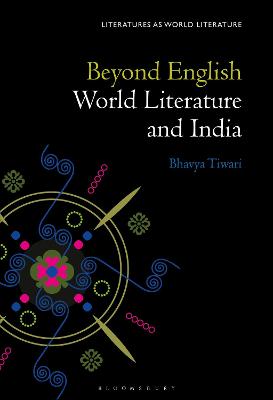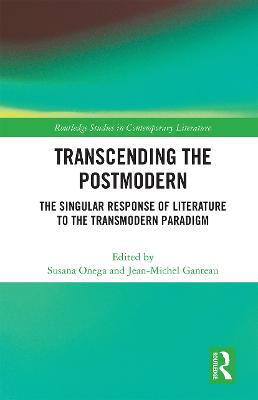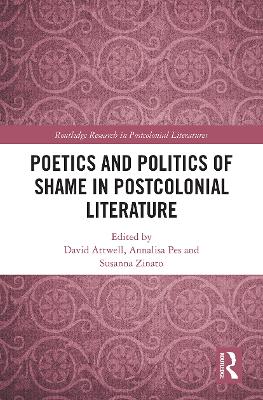Verbal-Visual Configurations in Postcolonial Literature
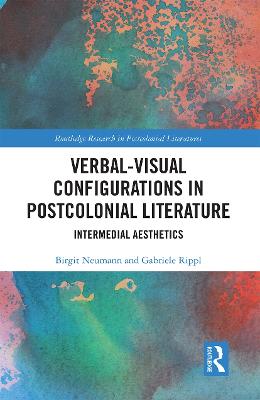 portes grátis
portes grátis
Verbal-Visual Configurations in Postcolonial Literature
Intermedial Aesthetics
Rippl, Gabriele; Neumann, Birgit
Taylor & Francis Ltd
12/2021
296
Mole
Inglês
9781032236339
15 a 20 dias
550
2 Intermedial Aesthetics in Postcolonial Contexts: Transcultural Contests, Contact Zones and Translations
2. 1 State of the Art: Theoretical Approaches to Word-Image Configurations in Narrative
Literature
2. 2 Intermediality Research
2. 3 Ekphrasis
2. 4 Visuality, Ekphrasis and Postcolonial Theory
2. 5 Battles against and Encounters with Otherness
2. 6 Verbal-Visual Configurations: Practices of Translation
2. 7 The Politics of Visuality and the Gaze
3 Visuality and the Ethics of Seeing: Michael Ondaatje's The English Patient
3. 1 Visuality and Ethics - Some Philosophical Perspectives
3. 2 Re-visioning History in Michael Ondaatje's The English Patient (1992)
3. 3 Mapping Processes and the Colonial Gaze
3. 4 Ekphrases - Transcultural Solidarities
3. 5 Partial Points of View and the 'Multiplication of the Eyes'
3. 6 Visibilities, Invisibilities and "Reserves of Alterities"
4 Renegotiating Frames and Visibility in David Dabydeen's A Harlot's Progress
4. 1 Hogarth's and Dabydeen's Blacks
4. 2 "Can the Subaltern Speak?" And Can the Subaltern See? - Configurations of Voice and
Vision in Dabydeen's Fiction
4. 3 A Harlot's Progress (1985): Navigating the Imagery of 18th-century Britain
4. 4 Challenging Visual Transparency in A Harlot's Progress
4. 5 Looking beyond the Frame
4. 6 Arts, Commerce and Appropriation
4. 7 The Predicament of Representing Black Subjectivities
5 Salman Rushdie's Entangled Histories, Travelling Images and Alternative Visions of the Secular Modern Nation-State in Midnight's Children, The Moor's Last Sigh and The Enchantress of Florence ?
5. 1 Salman Rushdie's Intermedial Aesthetic and Indian Visual
5. 2 Negotiating Postcolonial Identities: Ekphrasis as Counter-Reading in Midnight's Children (1981)
5. 3 Rushdie's Ekphrastic Hope: The Moor's Last Sigh (1995)
5. 4 The Power of Painting and Ekphrasis: The Enchantress of Florence (2008)
5. 5 Ekphrasis and Ethics
6 Derek Walcott's "Twin Heads": Postcolonial Ekphrasis and Counter-Visions in Tiepolo's Hound?
6. 1 Derek Walcott: Navigating the Interstices between Visual and Verbal Art
6. 2 'The Art of Seeing'
6. 3 Contesting Origins and Originals: 'Lime trees trying to be olives'
6. 4 Re-Visioning Impressionism, Provincialising Europe
6. 5 Possibilities and Limits of a Caribbean Aesthetics
6. 6 Walcott's Painterly Re-Visions
6. 7 Toward a New World Aesthetics and Ethics of Seeing
6. 8 Double Visions, Caribbean Re-Vision and 'Seeing Shadows'
7 Serial Intermediality: Jamaica Kincaid's Lucy and See Now Then
7. 1 Postcolonial Subject Positions: Repetition with a Difference
7. 2 Photography and Seriality in Lucy (1990)
7. 3 Repetition and Ekphrasis in See Now Then (2013)
8 Monstrous Alterity: The Intermedial Aesthetics of Anne Carson's Autobiography of Red
8. 1 Word-Image Configurations in Anne Carson's Oeuvre
8. 2 Autobiography of Red: A Novel in Verse (1998)
8. 3 Geryon's Autobiographical Project: Sculpture - Writing - Photography
8. 4 Radicalising Ekphrasis
9 'African' and 'American' Ekphrases: NoViolet Bulawayo's We Need New Names
9. 1 The Intensity of Impression in Bulawayo's We Need New Names (2013)
9. 2 Darling's Art of Description
9. 3 Africa in the Western Mass Media
9. 4 'African' Ekphrases
9. 5 'American' Ekphrases
9. 6 Visual Contact Zones
10 Global Media Cultures, Travelling Images and Transcultural Ekphrasis in Chimamanda Ngozi Adichie's Half of A Yellow Sun ?
10. 1 Rebalancing Stories in a Globalised World
10. 2 Half of a Yellow Sun (2006) - Re-Membering the Nigerian Civil War
10. 3 Transcultural Ekphrases: Igbo-Ukwu Art and Photography
10. 4 War Photography and the Voyeuristic Gaze in Western Media
10. 5 Intermedial Encounters - The Roped Pot as a Narrative Principle
11 Reflections and Refractions of Contemporary Media Cultures in Teju Cole's Every Day Is for the Thief and Open City
11. 1 Convergence Culture and Social Linking
11. 2 Verbal-Visual Configurations in Teju Cole's Every Day Is for the Thief (2007/2014a) -
Plays of In-Between-Ness
11. 3 Re-visioning Travel Writing: Peripatetic Viewing and Lagos' "non-linear nature"
11. 4 'The Empty Frame' - Moments of Absence
11. 5 The Ethics and Affects of Visual Practices
11. 6 Restructuring Nigerian Visual Cultures: Photography in Every Day Is for the Thief
11. 7 Ekphrasis in the Digital Age: Open City (2011)
11. 8 New York: Painting and Architecture
11. 9 Brussels: Monuments and Global Communication
11. 10 Back in New York City: Photography
11. 11 Blind Spots
12 Conclusion
2 Intermedial Aesthetics in Postcolonial Contexts: Transcultural Contests, Contact Zones and Translations
2. 1 State of the Art: Theoretical Approaches to Word-Image Configurations in Narrative
Literature
2. 2 Intermediality Research
2. 3 Ekphrasis
2. 4 Visuality, Ekphrasis and Postcolonial Theory
2. 5 Battles against and Encounters with Otherness
2. 6 Verbal-Visual Configurations: Practices of Translation
2. 7 The Politics of Visuality and the Gaze
3 Visuality and the Ethics of Seeing: Michael Ondaatje's The English Patient
3. 1 Visuality and Ethics - Some Philosophical Perspectives
3. 2 Re-visioning History in Michael Ondaatje's The English Patient (1992)
3. 3 Mapping Processes and the Colonial Gaze
3. 4 Ekphrases - Transcultural Solidarities
3. 5 Partial Points of View and the 'Multiplication of the Eyes'
3. 6 Visibilities, Invisibilities and "Reserves of Alterities"
4 Renegotiating Frames and Visibility in David Dabydeen's A Harlot's Progress
4. 1 Hogarth's and Dabydeen's Blacks
4. 2 "Can the Subaltern Speak?" And Can the Subaltern See? - Configurations of Voice and
Vision in Dabydeen's Fiction
4. 3 A Harlot's Progress (1985): Navigating the Imagery of 18th-century Britain
4. 4 Challenging Visual Transparency in A Harlot's Progress
4. 5 Looking beyond the Frame
4. 6 Arts, Commerce and Appropriation
4. 7 The Predicament of Representing Black Subjectivities
5 Salman Rushdie's Entangled Histories, Travelling Images and Alternative Visions of the Secular Modern Nation-State in Midnight's Children, The Moor's Last Sigh and The Enchantress of Florence ?
5. 1 Salman Rushdie's Intermedial Aesthetic and Indian Visual
5. 2 Negotiating Postcolonial Identities: Ekphrasis as Counter-Reading in Midnight's Children (1981)
5. 3 Rushdie's Ekphrastic Hope: The Moor's Last Sigh (1995)
5. 4 The Power of Painting and Ekphrasis: The Enchantress of Florence (2008)
5. 5 Ekphrasis and Ethics
6 Derek Walcott's "Twin Heads": Postcolonial Ekphrasis and Counter-Visions in Tiepolo's Hound?
6. 1 Derek Walcott: Navigating the Interstices between Visual and Verbal Art
6. 2 'The Art of Seeing'
6. 3 Contesting Origins and Originals: 'Lime trees trying to be olives'
6. 4 Re-Visioning Impressionism, Provincialising Europe
6. 5 Possibilities and Limits of a Caribbean Aesthetics
6. 6 Walcott's Painterly Re-Visions
6. 7 Toward a New World Aesthetics and Ethics of Seeing
6. 8 Double Visions, Caribbean Re-Vision and 'Seeing Shadows'
7 Serial Intermediality: Jamaica Kincaid's Lucy and See Now Then
7. 1 Postcolonial Subject Positions: Repetition with a Difference
7. 2 Photography and Seriality in Lucy (1990)
7. 3 Repetition and Ekphrasis in See Now Then (2013)
8 Monstrous Alterity: The Intermedial Aesthetics of Anne Carson's Autobiography of Red
8. 1 Word-Image Configurations in Anne Carson's Oeuvre
8. 2 Autobiography of Red: A Novel in Verse (1998)
8. 3 Geryon's Autobiographical Project: Sculpture - Writing - Photography
8. 4 Radicalising Ekphrasis
9 'African' and 'American' Ekphrases: NoViolet Bulawayo's We Need New Names
9. 1 The Intensity of Impression in Bulawayo's We Need New Names (2013)
9. 2 Darling's Art of Description
9. 3 Africa in the Western Mass Media
9. 4 'African' Ekphrases
9. 5 'American' Ekphrases
9. 6 Visual Contact Zones
10 Global Media Cultures, Travelling Images and Transcultural Ekphrasis in Chimamanda Ngozi Adichie's Half of A Yellow Sun ?
10. 1 Rebalancing Stories in a Globalised World
10. 2 Half of a Yellow Sun (2006) - Re-Membering the Nigerian Civil War
10. 3 Transcultural Ekphrases: Igbo-Ukwu Art and Photography
10. 4 War Photography and the Voyeuristic Gaze in Western Media
10. 5 Intermedial Encounters - The Roped Pot as a Narrative Principle
11 Reflections and Refractions of Contemporary Media Cultures in Teju Cole's Every Day Is for the Thief and Open City
11. 1 Convergence Culture and Social Linking
11. 2 Verbal-Visual Configurations in Teju Cole's Every Day Is for the Thief (2007/2014a) -
Plays of In-Between-Ness
11. 3 Re-visioning Travel Writing: Peripatetic Viewing and Lagos' "non-linear nature"
11. 4 'The Empty Frame' - Moments of Absence
11. 5 The Ethics and Affects of Visual Practices
11. 6 Restructuring Nigerian Visual Cultures: Photography in Every Day Is for the Thief
11. 7 Ekphrasis in the Digital Age: Open City (2011)
11. 8 New York: Painting and Architecture
11. 9 Brussels: Monuments and Global Communication
11. 10 Back in New York City: Photography
11. 11 Blind Spots
12 Conclusion


